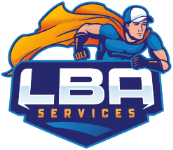
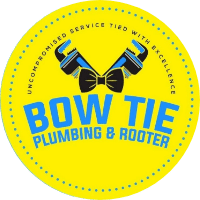











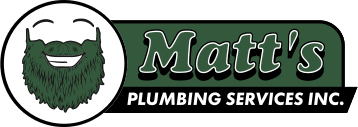

Turn More Clicks Into Confirmed Customers
Your next customer won’t wait—here’s how to win them before your competitors even reply.
One Unified Strategy To Capture, Schedule, And Measure Every Opportunity
Your next customer could be on your website right now—ready to reach out—but gone in minutes if you make it hard to connect. For service businesses, the difference between a busy calendar and an empty one often comes down to how quickly you respond, how easily people can book, and how well you track what’s working. A single, connected strategy puts you in control of all three.
Key Takeaways
- Engage customers instantly on the channels they prefer.
- Streamline scheduling so every booking fits your team and avoids downtime.
- Pinpoint exactly which marketing efforts drive calls and appointments.
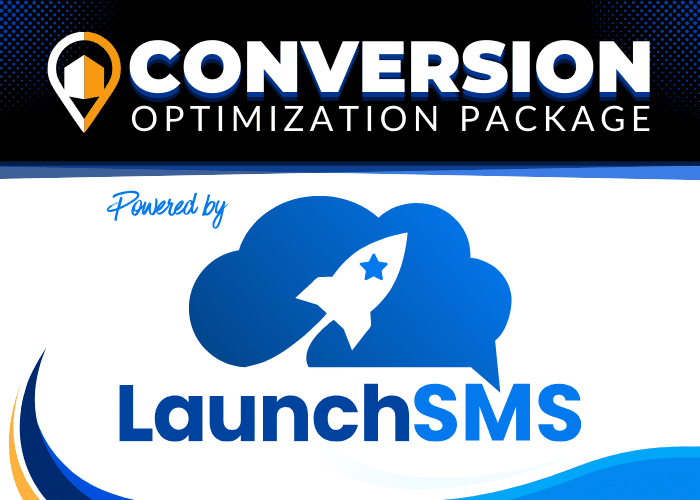
Why Is A Unified Conversion Strategy So Effective?
Leads slip away when your tools and processes don’t work together. By connecting communication, scheduling, and call tracking into one flow, you close the gaps that cause missed opportunities. Every inquiry gets a fast reply, every booking fits your availability, and every marketing dollar is backed by data you can trust.
How Instant Communication Wins More Customers
Responding quickly doesn’t just show professionalism—it dramatically increases the odds you’ll win the job.
Studies show that replying to a lead within the first minute can increase conversions by 391% compared to slower responses. Real-time webchat-to-text tools let you answer questions while interest is at its peak, turning curiosity into confirmed appointments before competitors have a chance.
Click here to learn more about LaunchSMS‘s ability to connect you to your customers!
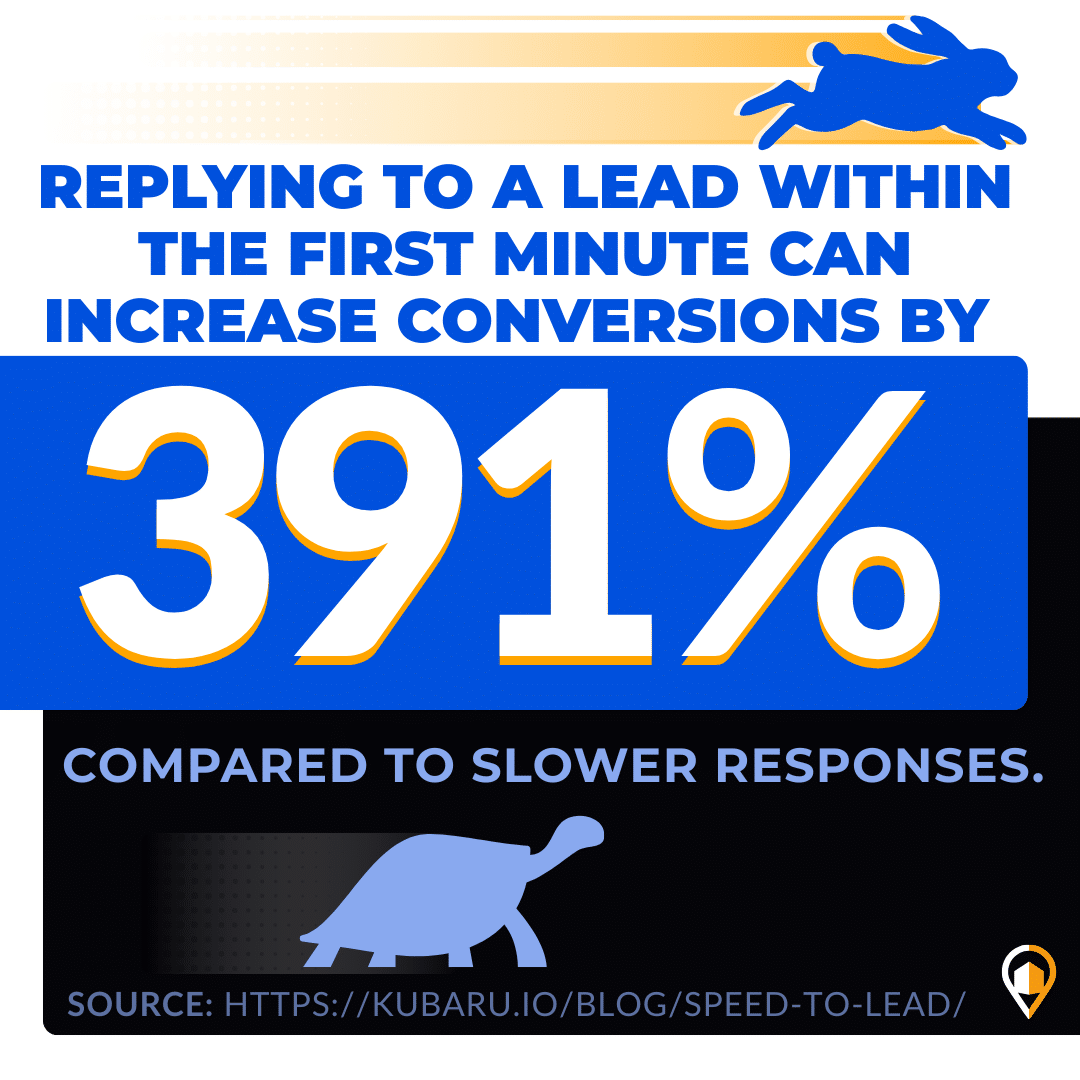
How Smart Scheduling Protects Your Time And Revenue
Online booking should make life easier for both sides. Flexible scheduling tools allow you to control available time slots, collect essential job details upfront, and prevent double-bookings. Customers get a smooth, predictable experience, while you protect your team’s time and maximize revenue with fewer costly gaps in the calendar.
How Call Tracking Improves Every Marketing Dollar
Guessing which ads work is expensive. Call tracking shows exactly which campaigns, keywords, or web pages lead to real conversations. With dynamic tracking, you can tie calls to the precise touchpoint that inspired them—so you can invest more in what works and cut what doesn’t, without relying on hunches.
Here’s how our scheduling approach compares to common tools many service businesses use—and why it prevents costly gaps in your calendar.
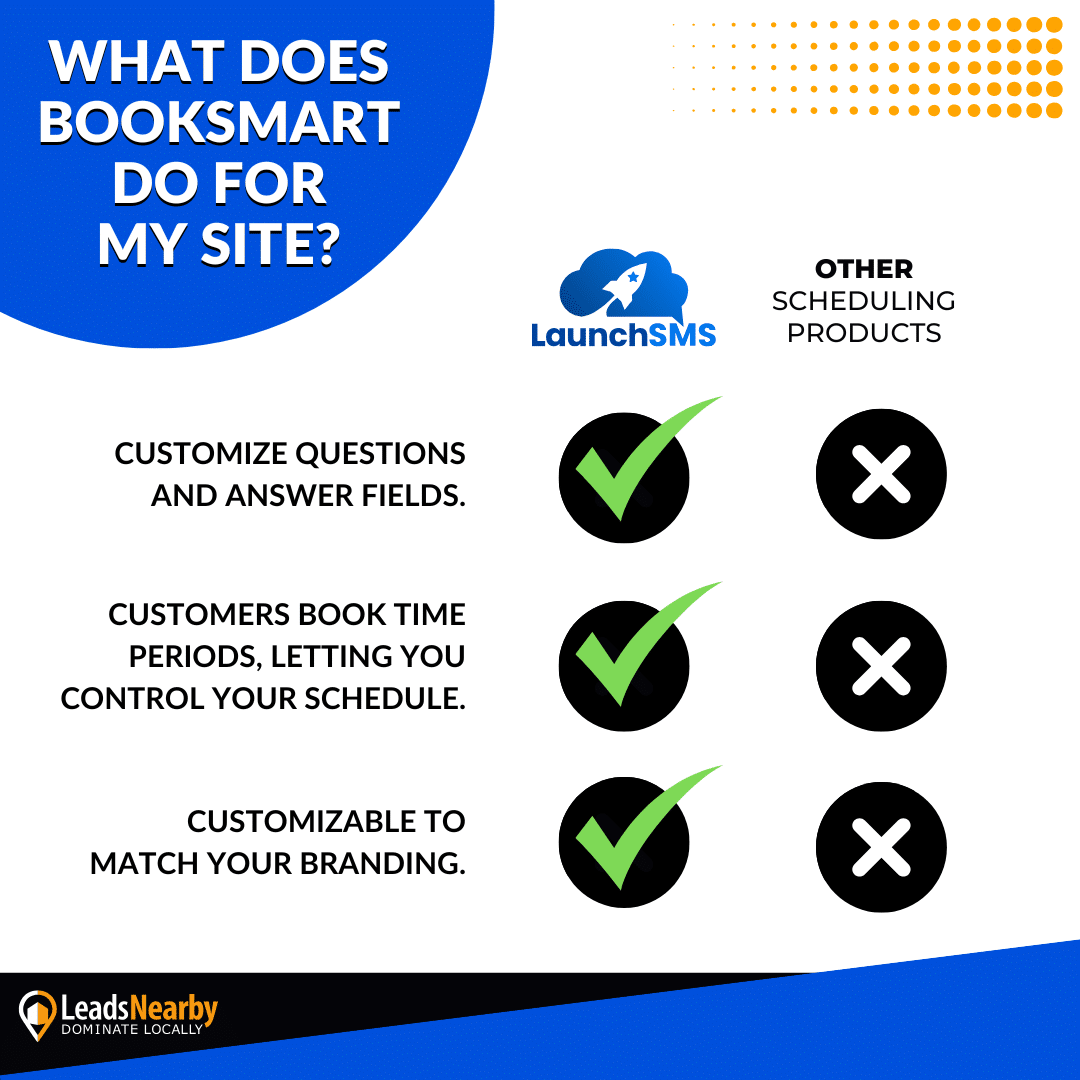
What Results Can This Deliver For A Service Business?
When you align communication, scheduling, and tracking, each improvement strengthens the others. Faster responses lead to more bookings; smarter scheduling reduces no-shows and idle time; accurate tracking ensures your marketing budget goes to proven winners. The result is steadier revenue, less stress, and a reputation for being the business that’s always easy to reach and ready to help.
Ready To Capture Every Opportunity?
Let’s map out a complete conversion strategy tailored to your service business—so every click, call, and booking moves you closer to your revenue goals.
Frequently Asked Questions: Service Business Conversion Strategy
How Fast Should I Respond To New Leads?
Within five minutes, if possible, speed dramatically increases the chance of securing the job.
Can Online Booking Work For Complex Services?
Yes, if the tool lets you customize availability, gather job details, and control approval before confirming.
Why Is Call Tracking Important?
It shows exactly which marketing efforts drive calls, so you can invest more in what works and cut what doesn’t.
Do I Need All Three Tools For This To Work?
They work best together, but even one or two will improve response, scheduling, and ROI.
Will This Replace My Existing CRM?
No—these tools integrate with most CRMs to enhance, not replace, your existing systems.
Last updated: August 2025
SOP Implementation For Home Services: The Champions & Resisters Method » « Commercial vs Residential Marketing: Why One Site Won’t Fit Both

